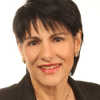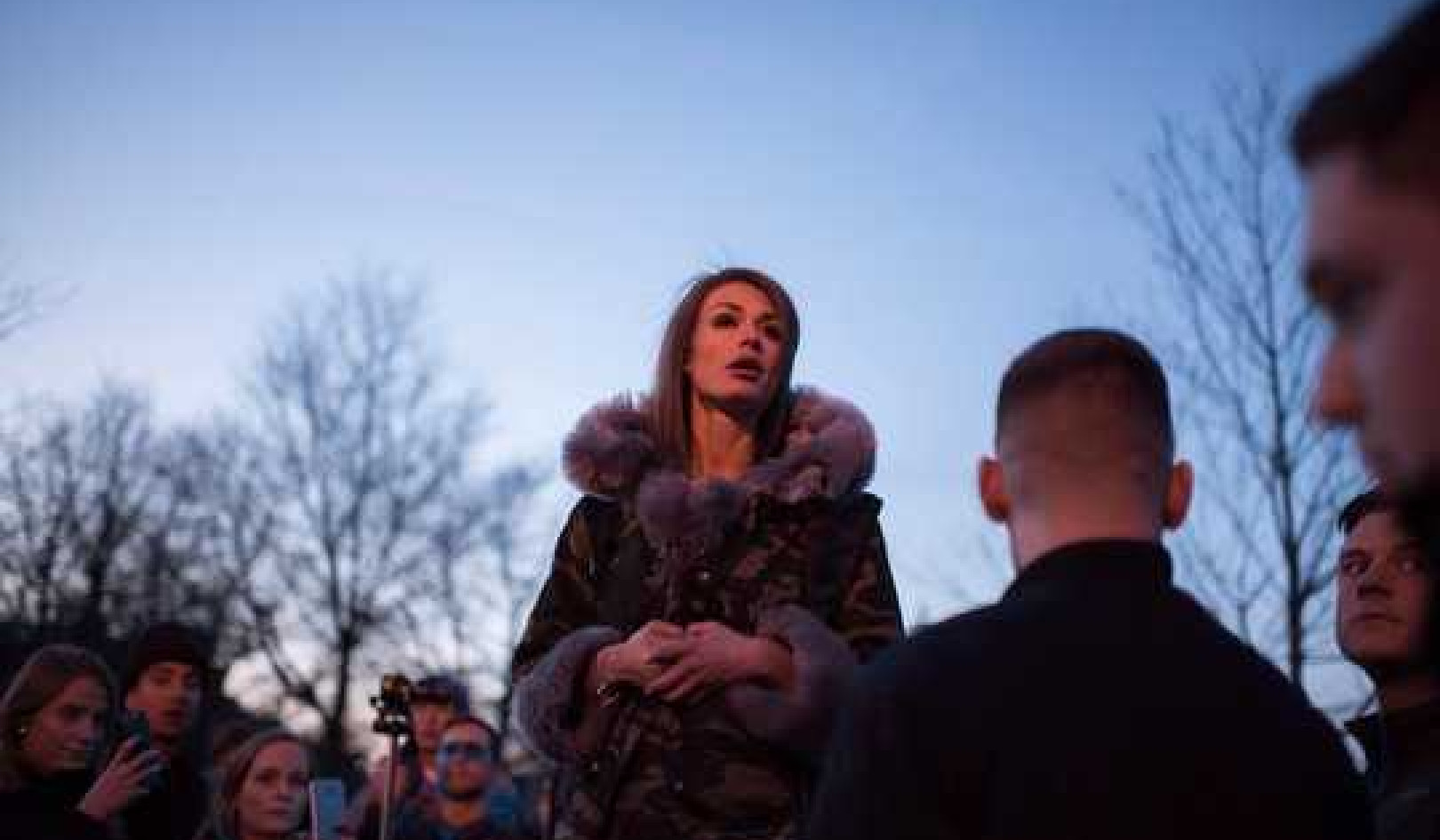
There are many arguments for the existence of God – Anselm’s ontological argument, the cosmological argument, the teleological argument, the moral argument and the “immediate experience of God” argument. But if you don’t already believe, these arguments won’t convince you. They are post-hoc constructions to shore up existing beliefs.
The counter-arguments say that religion is a bad but entrenched idea. Religions peddle ugly doctrines that have ugly consequences. These so-called “holy books” variously demand the execution of “witches”, support slavery, endorse mass killing of infidels and heretics, waging of war, condemn homosexuality and denigrate women.
Religions promote division and inequality. They have in-groups (“chosen people”) and out-groups.
Enter Freud
The father of psychoanalysis, Sigmund Freud, said that religion is a collective neurosis shared by the masses to shore up civilisation. Religion has its roots in infantile helplessness and the longing for a strong father. Neurosis and religion have universal common roots in human nature and cognition.
Freud believed that there was a developmental progression over the course of history – from animistic and magical, to religious, and then to scientific explanations – in the way in which people perceive and explain the universe.
Each explanation becomes progressively less omnipotent and egocentric. It ends with the scientific view that we are mortal, finite, small in a vast universe, and helpless against the forces of nature.
Enter Fundamentalism
Who falls prey to fundamentalist messages? I have developed an algorithm:
Fundamentalism = fear + magical thinking + social and political forces that create psychological vulnerability, rage, hate, envy, alienation and marginalisation + cognitive narrowing (for example, indoctrination).
As a result, the disenfranchised, embattled, denigrated and rejected, deprived and needy, traumatised and dispossessed, envious, hateful and rageful members of society are all fair game for the message of fundamentalist religious and politico-religious ideologies.
Membership of a fundamentalist group reverses these intolerable feelings. Fundamentalist ideology bolsters group self-confidence. Fundamentalism turns out-groups into in-groups that empower and enrich its members. They are now no longer denigrated and alone, but exalted as a select and chosen few.
Fundamentalists become warriors with a simple message of salvation that is found in a naïve and literal interpretation of ancient, sacred texts. Gone is the hopelessness and uncertainty of life. The path is straight; the goals are clear. However, to partake, one must relinquish one’s “self” – one’s individuality and “mind” – in order to render blind obedience to the collective ideology.
Acts of fundamentalist terrorism must breach an almost insurmountable barrier – the prohibition against the taking of life. Yet, these heights have been scaled and breached repeatedly in the course of history.
In addition to underlying motivations like socioeconomic inequalities, ethnic struggles and nationalist movements, to commit atrocities requires fundamentalists to have undergone “a long process of caricaturing, degrading and dehumanising” their targets, in order to create a rift between themselves (in-group) and their intended victims (out-group).
Enemies cease to be fellow human beings. They become infidels.
Religion And Suicide Bombing
Suicide bombing, like genocide, is characterised by the perceived need for purification. The term “ethnic cleansing” carries this meaning, as did former al-Qaeda leader Osama bin Laden’s call for a return to the values of the Islamic ancestors, to cleanse mankind of the West’s impure and corrupted values.
Those who must be cleansed are necessarily impure and indeed evil. The cause – to rid the world of this contamination – is sacred and sanctioned by God.
Suicide bombing is more prevalent in occupied nations, in which the occupied resist, yet succumb to the constant humiliations as a result of their abject subjugation.
Repeated humiliations spawn impotent rage, frustration and despair that demand expression. For some, it signals a wish to be dead rather than endure further humiliation. Suicide bombing disables the military might of the occupier. It is the ultimate defiance of the oppressor.
The profiles of suicide bombers are disparate. Some are recruited from among the homeless and poverty-stricken. Others are recruited by imams, at mosques and by social media; and from among the affluent and well-educated who live abroad. Some are young boys brainwashed in the madrassahs, or widows and bereaved sisters of deceased jihadists who wish to expel their rage and grief about their loss in retaliation against a hated enemy.
On Deradicalisation
Deprogramming a bomb or a missile is possible, but can you deprogram a terrorist? Radicalisation into fundamentalist violence follows four stages – pre-radicalisation, self-identification, indoctrination and action.
Deradicalisation, the process of persuading extremists to abandon the use of violence, is not simply a reversal of the radicalisation process. Careful assessment of individuals to identify the unique set of context- and person- specific factors motivating their involvement is essential.
Many countries – such as Singapore, Indonesia, the UK and the Netherlands – have implemented deradicalisation programs with varying degrees of success. The Indonesian prison deradicalisation program has been a failure: of 600 undertaking the program, only 20 deradicalised.
But, the Palestinian Liberation Organisation’s (PLO) feared military wing, the Black September Organisation, thought that radicalised members only “switched off” when the PLO gave them a:
… reason to live, rather than a reason to die.
The solution? They married them off.
About The Author
 Dianna Theadora Kenny is Professor of Psychology and Music at University of Sydney. She was the founding director of the Australian Centre for Applied Research in Music Performance, at the Sydney Conservatorium of Music, University of Sydney. She is the author of over 200 publications, and seven books, including: -Young Offenders on Community Orders: Health, Welfare and Criminogenic Needs (Sydney University Press, 2008) (with Paul Nelson), -The Psychology of Music Performance Anxiety (Oxford University Press, 2011), -Bringing up Baby: The Psychoanalytic Infant Comes of Age (Karnac, 2013), -From Id to Intersubjectivity:Talking about the Talking Cure with Master Clinicians (Karnac, 2014) and -God, Freud and Religion: The Origin of Fear, Faith and Fundamentalism (Routledge, 2015).
Dianna Theadora Kenny is Professor of Psychology and Music at University of Sydney. She was the founding director of the Australian Centre for Applied Research in Music Performance, at the Sydney Conservatorium of Music, University of Sydney. She is the author of over 200 publications, and seven books, including: -Young Offenders on Community Orders: Health, Welfare and Criminogenic Needs (Sydney University Press, 2008) (with Paul Nelson), -The Psychology of Music Performance Anxiety (Oxford University Press, 2011), -Bringing up Baby: The Psychoanalytic Infant Comes of Age (Karnac, 2013), -From Id to Intersubjectivity:Talking about the Talking Cure with Master Clinicians (Karnac, 2014) and -God, Freud and Religion: The Origin of Fear, Faith and Fundamentalism (Routledge, 2015).
This article was originally published on The Conversation. Read the original article.


























